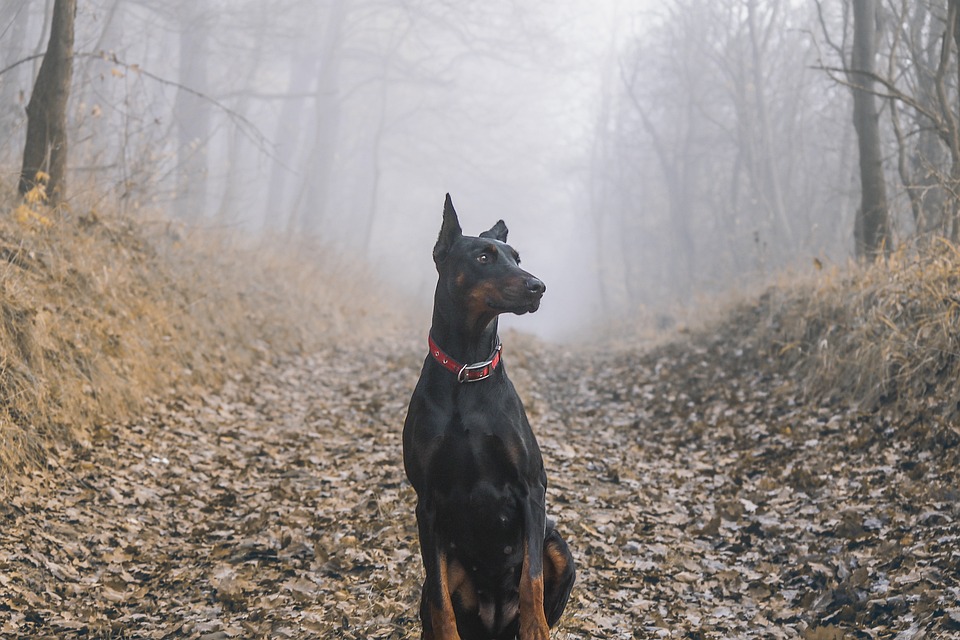Large dog breeds are known for their majestic stature and gentle disposition, but they are also prone to certain orthopedic issues that can affect their quality of life. In this article, we will explore common orthopedic problems faced by large dog breeds and provide essential insights on how to monitor and manage these conditions effectively. Additionally, we have compiled a list of frequently asked questions to address any concerns you may have about your furry friend’s bone and joint health.
One of the most common orthopedic issues in large dog breeds is hip dysplasia. This condition occurs when the hip joint does not develop properly, leading to a loose and unstable joint. Causes of hip dysplasia can include genetics, rapid growth, and obesity. It is important to be able to identify the symptoms and early signs of hip dysplasia, such as difficulty getting up or walking, lameness, and a bunny-hopping gait. Diagnostic methods for hip dysplasia include physical examinations, X-rays, and screenings. Treatment options can range from medication and physical therapy to surgical interventions, depending on the severity of the condition.
Another orthopedic issue that affects large dog breeds is elbow dysplasia. This condition is characterized by abnormal development of the elbow joint, leading to pain and lameness. Symptoms of elbow dysplasia can include limping, swelling, and a reluctance to use the affected leg. Diagnosis and evaluation techniques for elbow dysplasia typically involve physical examinations and imaging techniques such as X-rays and MRIs. Treatment approaches may include medication, physical therapy, and in some cases, surgery.
Osteochondritis Dissecans (OCD) is another common orthopedic issue in large dog breeds. This condition occurs when a small piece of cartilage and underlying bone separates from the joint surface, leading to pain and joint dysfunction. Common signs and manifestations of OCD include lameness, swelling, and joint stiffness. Diagnostic procedures for OCD include X-rays, MRIs, and arthroscopy. Treatment options can include surgery to remove the loose fragment, as well as non-surgical approaches such as medication and physical therapy.
Cruciate ligament disease is also prevalent in large dog breeds. This condition involves the tearing or rupture of the cruciate ligament in the knee joint, leading to pain, swelling, and lameness. Diagnosis of cruciate ligament disease typically involves a physical examination and imaging techniques such as X-rays or MRIs. Treatment options can include surgery to stabilize the knee joint or non-surgical approaches such as medication and physical therapy.
Monitoring and managing orthopedic issues in large dog breeds is crucial for their overall well-being. Regular veterinary check-ups are important for early detection and prevention of orthopedic problems. These check-ups can also involve discussions about breed-specific predispositions to certain orthopedic conditions. Appropriate nutrition and weight management are also essential for maintaining optimal bone and joint health. Choosing the right food for your large breed and maintaining an ideal weight can help minimize stress on their joints.
Exercise and physical activity play a vital role in keeping your large dog’s bones and joints healthy. It is important to strike a balance between exercise and rest, and to engage in low-impact activities that are gentle on their joints. Guidelines for exercise in large dog breeds can vary depending on their age, breed, and specific orthopedic conditions.
Creating a joint-friendly living environment is another important aspect of managing orthopedic issues. This can involve choosing suitable beds and flooring that provide adequate support and cushioning for their joints. Additionally, assisting your dog with stairs and jumps can help reduce the strain on their joints.
Rehabilitation and physical therapy can also be beneficial for dogs with orthopedic issues. Canine rehabilitation specialists can provide modalities and techniques that aid in the recovery and strengthening of their bones and joints. Consulting with certified professionals in this field can ensure the best care for your furry friend.
In conclusion, monitoring and managing orthopedic issues in large dog breeds is essential for their overall well-being. Regular veterinary check-ups, appropriate nutrition, controlled exercise, and a joint-friendly environment are key to ensuring optimal bone and joint health. Early detection and intervention are crucial in managing orthopedic conditions. With proper care, love, and attention, your large dog can thrive and enjoy a happy, active life for years to come.









